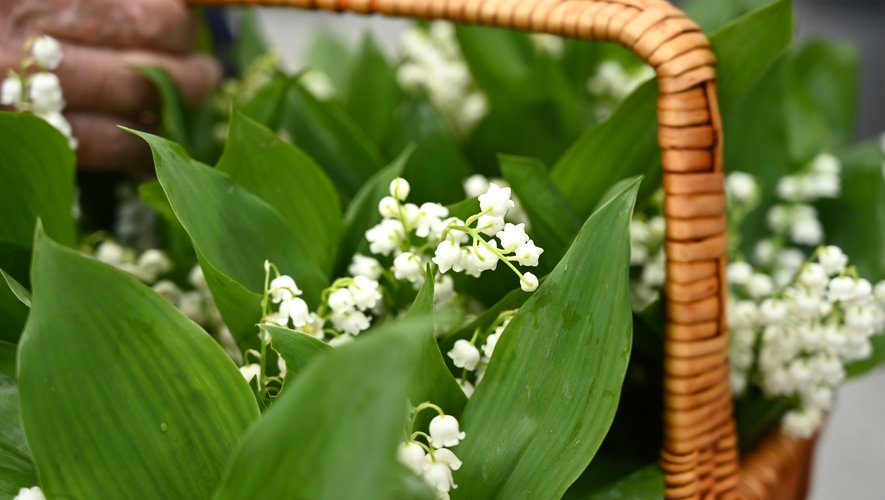Lily of the valley is a highly toxic plant for humans and their four-legged friends. Its ingestion causes oral, digestive and cardiac disorders. Although poisoning is rare, cases of heart attack have been recorded, poison control health centers recommend to remain vigilant.
At this time of year lily of the valley is very popular, it is of course sold on the occasion of the 1er May and blooms in gardens with the return of spring. However, behind its symbolism carrying happiness and love, all parts of the plant contain irritating substances and in large doses, toxic for the heart.
First symptoms of poisoning
If a person inadvertently drinks the water from the vase or ingests part of the lily of the valley (leaf, flower or berry), the first symptoms of poisoning are manifested by vomiting, irritation of the mouth, nausea, diarrhea and abdominal pain.
In extreme cases, there follows an acceleration of breathing and cardiac disorders caused by the large doses of glycosides contained in the plant. A substance whose effects are similar to digitalis; the heart rate slows down while the intensity of the contractions of the heart and the blood pressure increase. Heart attacks are not to be excluded even if they remain quite rare.
Hundreds of accidents per year
Every year, poison control centers receive around 50 calls concerning cases of thrush poisoning. They mainly concern children from 2 to 4 years old and pets. A few milligrams of toxins are enough to trigger the first symptoms in children. There are about a hundred accidents a year, which most of the time result in mild symptoms and home monitoring.
As a general rule, the majority of harmful substances are expelled by vomiting even before digestion takes place. The poison control centers report that “only” 10% of cardiac glycosides (Editor’s note: newly called heterosides) ingested are found in the blood. Although very rarely serious, poisonings can lead adults to hospital depending on the dose ingested. Poison control centers consider that the ingestion of 5 berries requires prompt medical attention.

